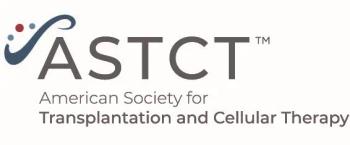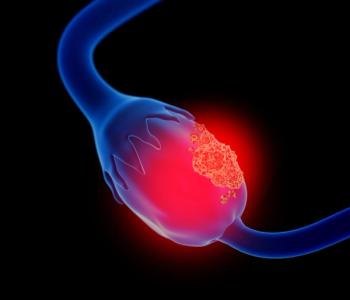![According to John Henson, MD, “What we need are better treatments to control the [brain] tumor once it’s detected.”](https://cdn.sanity.io/images/0vv8moc6/cancernetwork/e0d29c38bb732429ae370e4ef7d1829a10c96446-2992x1684.png?w=350&fit=crop&auto=format)
Miami Breast Cancer Conference® Abstracts Supplement
- 42nd Annual Miami Breast Cancer Conference® - Abstracts
- Volume 39
- Issue 4
- Pages: 43-44
TPS 105 ALISertib in Combination With Endocrine Therapy in Patients With Hormone Receptor-Positive, HER2-Negative Recurrent or Metastatic Breast Cancer: the Phase 2 ALISCA-Breast1 Study
Background
Despite the wide range of available treatment options for patients with hormone receptor–positive/HER2-negative (HR+/HER2–) recurrent or metastatic breast cancer, optimal treatment after progression on CDK4/6 inhibitors (CDK4/6i) remains unclear. Several mechanisms of resistance to CDK4/6i have been postulated, including increased expression of Aurora kinase A (AURKA), a key regulator of mitosis associated with poor prognosis in multiple tumor types. Further implicated in CDK 4/6i resistance, high c-Myc or RB1 loss of function (LOF) have been associated with transcriptional co-regulation or synthetic lethality, respectively, with AURKA. Alisertib is a highly selective, reversible, ATP-competitive, orally administered, small-molecule AURKA inhibitor with antiproliferative activity in HR+ breast cancer-derived cell lines and breast cancer xenograft models. Greater alisertib sensitivity has been reported in models with elevated AURKA or c-Myc expression, or RB1 LOF. Clinically, alisertib showed efficacy in phase 1 and 2 trials, including objective response rates (ORRs) of 19.6% to 20% and median progression-free survival (PFS) of 5.4 months to 5.6 months alone or with fulvestrant in patients with HR+/HER2–, endocrine-resistant MBC. The most common treatment-related grade ≥ 3 adverse events (AEs) were neutropenia, anemia, and leukopenia.
Methods
ALISCA-Breast1 (NCT06369285) is a randomized phase 2 study. Primary objective: to determine the optimal alisertib dose level administered with selected endocrine therapy (ET) for use in future studies based on observed safety (AEs, serious AEs per CTCAE v5.0) and efficacy (ORR, duration of response, disease-control rate, PFS, overall survival). Secondary objectives: to identify biomarkers correlating with efficacy; to evaluate alisertib pharmacokinetics (PK). Key inclusion criteria: age 18 years or older; ECOG performance status 0 or 1; confirmed HR+, HER2–, recurrent or metastatic breast adenocarcinoma not amenable to curative therapy; available tumor tissue for biomarker analyses; progression on or after 2 or more prior ET lines in recurrent or metastatic setting; prior CDK4/6i with ET in recurrent or metastatic setting; 1 or more measurable target lesion per RECIST v1.1. Patients who are premenopausal are eligible if amenable to treatment with a luteinizing hormone-releasing hormone agonist. Key exclusion criteria: prior chemotherapy in recurrent or metastatic setting; bone-only disease not meeting the measurability definition per RECIST v1.1; prior AURKA-specific or pan-Aurora-targeted agents; active infection; patients who are immunocompromised; unstable brain metastases; uncontrolled symptomatic visceral disease. Eligible patients will be randomized 1:1:1 to alisertib 30 mg, 40 mg, or 50 mg orally twice daily on days 1 to 3, 8 to 10, and 15 to 17 every 28 days and combined with physician’s choice of anastrozole, letrozole, exemestane, fulvestrant, or tamoxifen not previously used in the recurrent or metastatic setting or progressed upon in the adjuvant setting. Up to 50 patients will be enrolled per arm at multiple centers in the US and Europe. Treatment will continue until disease progression, unacceptable toxicity, or consent withdrawal. Stratification factors: time to recurrence/progression after initiating CDK4/6i therapy (< 12 months or ≥ 12 months); presence of visceral disease (yes/no). All patients will undergo sparse PK sampling. Tumor tissue will be centrally assessed for biomarkers, including but not limited to RB1, MYC, TP53, ESR1, PI3K/AKT pathway, HER2, and AURKA genomic alterations and/or expression levels. The study is expected to determine the optimal alisertib dose to combine with ET and may identify biomarker(s) that define patients deriving the greatest benefit from alisertib-containing therapy.
Articles in this issue
Newsletter
Stay up to date on recent advances in the multidisciplinary approach to cancer.





















































































